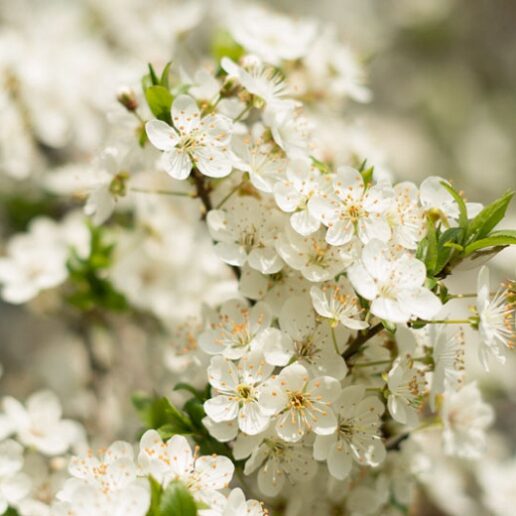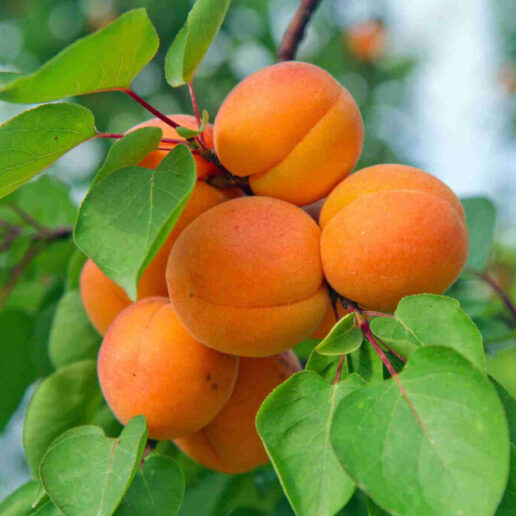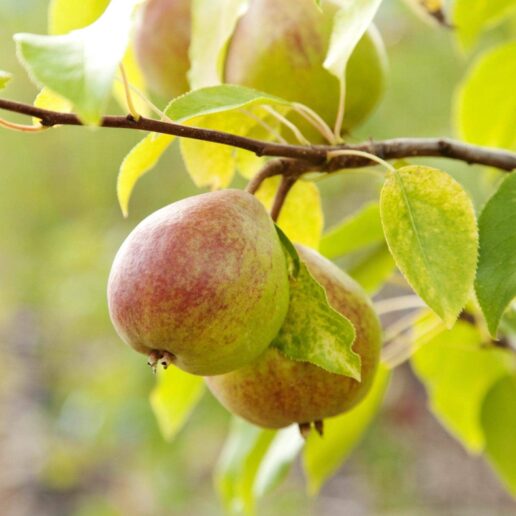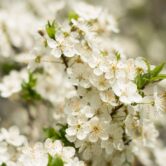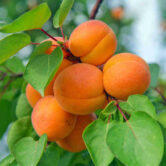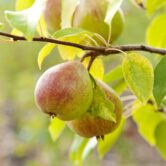Fruit trees : a sensitive group
Fruit trees are more fragile and vulnerable to disease than the other categories of trees we offer. When our team receives the trees, they sometimes find that some trees are not suitable for sale (will not bud, are diseased, etc.).
If that is the case, we’ll send you an email explaining why the order has been canceled and your money will be refunded.
Fruit tree pollination
The flowers you see on your trees in the spring are potential future fruit! But for a flower to become a fruit, it must be fertilized with pollen from another flower (pollination). Most fruit trees rely on insects to carry pollen from one flower to another.
Fruit trees fall into two broad categories: self-fertile and self-sterile:
A self-fertile species can produce fruit by self-pollination. In other words, pollen from one tree can fertilize flowers of the same tree or variety. Therefore, these trees can be planted alone and still produce fruit.
A self-sterile species CANNOT produce fruit by self-pollination. Pollen from one tree CANNOT fertilize flowers of the same variety. It is important to have another variety of the same species nearby for fruit production to occur. For example, two self-sterile apple trees of the same variety will not fertilize each other.
It should be noted that even for a self-pollinating species, it is preferable to plant another variety nearby for better production.
For most varieties, the maximum recommended distance between compatible fruit trees is 30 meters.
Fruit doesn’t grow in the first year and depending on the species, it may take several years before it can be harvested:
-Apricot: 2 to 5 years
-Cherry: 3 to 7 years
-Plum: 3 to 6 years
-Apple: 4 to 7 years
-Pear: 3 to 6 years
For most fruit trees, you’ll need two different AND compatible varieties to provide the pollination required for fruit production.
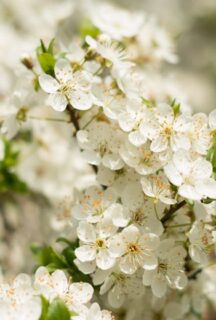
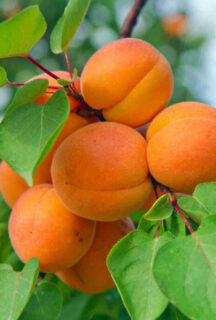
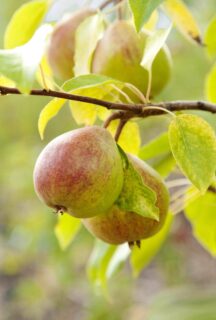
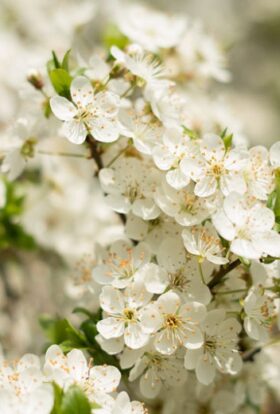
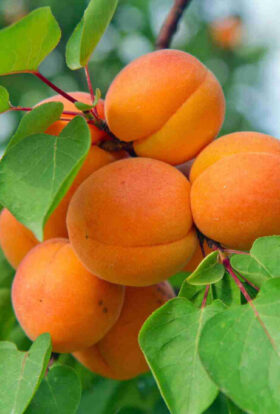
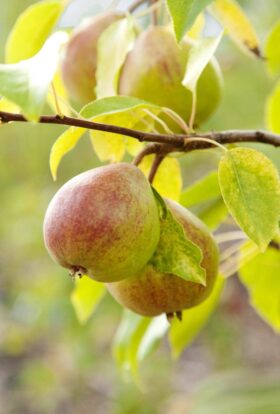

For advice on the health and care of your fruit tree, you can contact Les Fruits Défendus, a Montreal collective that collects fruit in urban areas.
